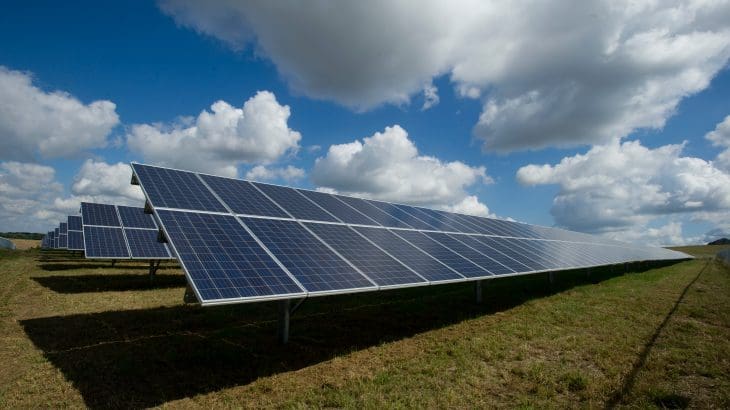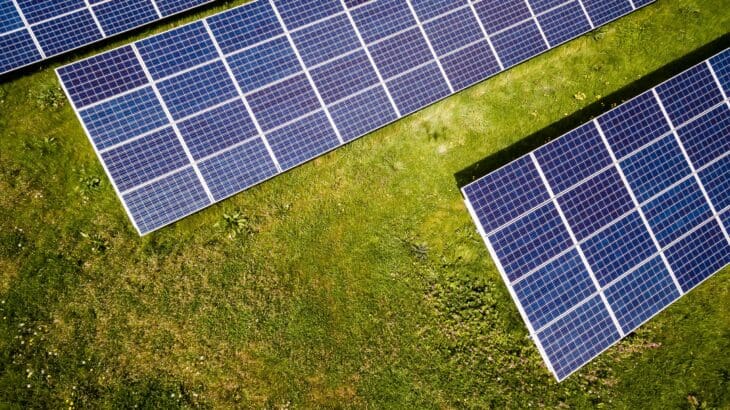Written by Julie Taylor
As renewable energy continues to boom across the Caribbean region, the stubborn exception to the trend continues to be the Republic of Trinidad & Tobago.
In 2018, Trinidad & Tobago (TT) still generates over 99% of electricity from natural gas, with the remainder mostly from diesel fuel. The electricity grid is dependent on several gas power plants with diesel generators as backup, and an undersea cable connects to the smaller island of Tobago.
Low cost energy has driven high consumption nationwide across all energy sectors, giving them the world’s second highest carbon footprint per capita.
With elections coming up in less than two years, energy will continue to play a key role in domestic politics. Last week’s budget indicates that the government welcomes moderate amounts of renewable energy. The official target is to generate 10% of electricity from renewable energy by 2021, and the government put out RFPs for its first utility-scale projects. However, this target, established in 2015, has yet to move the needle forward on renewable energy development.
Meanwhile, TT’s traditional fossil fuel industry has had a tumultuous year. Petrotrin, the national oil refinery, will shut its doors at the end of October after 40 years of steadily declining oil production. The company will undergo a major restructure into a holding company – Trinidad Petroleum Holding Limited – with the creation of four subsidiaries and a loss of up to 5,000 jobs. Debate continues to rage over whether the closure is beneficial for the long-term health of the economy.
TT’s citizens are accustomed to some of the lowest prices for both fuel and electricity outside of the Middle East. Low cost energy has driven high consumption nationwide across all energy sectors, giving them the world’s second highest carbon footprint per capita. Inadequate preparation for an inevitable transition could plunge the Caribbean’s wealthiest economy into recession and political turmoil as fossil fuel supplies run low.
One critical hurdle preventing renewable energy development is petroleum-based fuel subsidies that keep prices artificially low. Renewables cannot compete in this economic environment. The subsidies also put a significant financial strain on the government. While citizens may benefit from low-cost electricity today, the situation is not sustainable. Were the subsidy to be removed, consumers would inevitably face higher electricity costs. However, renewable energy could provide long-term stability and certainty, as well as create new economic opportunities, including an innovative proposal for a solar panel manufacturing plant, powered by solar energy.
Yet, TT continues to prioritize development of fossil fuels, evidenced in its latest partnership with neighbor, Guyana. The two governments signed an MOU, allowing for cooperation and for Trinidadian companies to enter the new oil boom in addition to their existing rights under the CARICOM Single Market and Economy (CSME). However, lukewarm responses from Guyanese officials and a desire to keep the benefits of oil exploration within Guyana may result in a limited benefit for TT industry.
The twin-island republic has yet to wake up to renewables, despite its ideal climate and geography. The government continues to make commitments to renewables and to greenhouse gas reduction in the power sector, but would-be investors continue to wait for a move from the government to provide a stable regulatory environment. As TT finds itself on the cusp of radical economic change, renewables have a significant role to play in creating a diversified and resilient economy. The little progress made so far means TT is falling behind the rest of the Caribbean, which could be damaging for the country’s long-term security and prosperity.


